Choosing the right business structure is one of the most critical decisions a business owner can make. It impacts not only your operational framework but also your tax obligations. However, the structure you select when starting your business may not always remain the best fit as your business evolves. Periodically reassessing your business structure is essential for maximizing tax efficiency and staying compliant with the latest regulations.
Below, we explore key triggers that indicate it’s time to reevaluate your business structure and how making timely changes can benefit your bottom line.
1. Significant Revenue Growth
As your business grows, so do your tax liabilities. A structure that worked well for a small or medium-sized business may not be the most tax-efficient option as your revenue increases.
For instance:
- Sole Proprietorships and Partnerships often lead to higher personal tax burdens as profits pass through to personal income tax returns.
- Transitioning to an S-Corporation (S-Corp) or C-Corporation (C-Corp) may allow you to separate business income from personal income, reduce self-employment taxes, and access tax-saving strategies like retaining earnings in the business.
Key Insight:
“When your revenue crosses thresholds that expose you to higher tax brackets, explore structures like S-Corps, which allow owners to pay themselves a reasonable salary while drawing distributions taxed at a lower rate.”
2. Changes in Ownership
If you’re bringing in new partners, selling shares, or planning for succession, your current structure may no longer serve the business’s goals.
- For example, converting a sole proprietorship to a Partnership or an LLC (Limited Liability Company) can provide flexibility in ownership and management while offering liability protection.
- Businesses seeking outside investment may need to transition to a C-Corp, as this structure allows issuing stock, a key requirement for attracting venture capital.
Pro Tip:
Consult a tax advisor to understand the implications of new ownership arrangements, especially for multi-owner entities where profit-sharing can complicate tax reporting.
3. Legislative or Tax Code Changes
Legislative shifts often bring opportunities—or challenges—for business owners. Tax code updates may alter the advantages of certain structures. For example:
- The Tax Cuts and Jobs Act (TCJA) introduced a 20% Qualified Business Income (QBI) deduction for pass-through entities like LLCs, S-Corps, and partnerships.
- However, limitations based on income levels or business type may necessitate reevaluating whether your structure still provides maximum benefit.
Actionable Tip:
Stay informed about tax code changes and schedule periodic reviews with your CPA to determine if a different structure could lower your tax burden.
4. Shifts in Business Operations or Industry
Businesses often evolve beyond their original scope, entering new markets, adopting new revenue models, or increasing international operations.
- Expanding across state lines may expose you to nexus tax obligations, requiring a more formal structure like an LLC or corporation to meet compliance requirements.
- Global operations might necessitate a C-Corp for the flexibility of managing foreign earnings and navigating international tax treaties.
5. Profitability and Payroll Adjustments
When your business starts generating consistent profits, tax efficiency becomes even more crucial.
- For sole proprietors and LLCs taxed as pass-through entities, all profits are subject to self-employment tax.
- S-Corps allow owners to split income into reasonable salaries (subject to payroll taxes) and distributions (not subject to payroll taxes), potentially reducing overall tax liability.
Example:
If your business generates $200,000 in net income, restructuring as an S-Corp could save thousands annually in self-employment taxes compared to an LLC taxed as a sole proprietorship.
6. Retirement and Exit Planning
As you plan for retirement or prepare to sell your business, the structure can influence the tax implications of your exit.
- Owners of pass-through entities face capital gains taxes on the sale of their ownership stake.
- In contrast, C-Corp owners may benefit from the Section 1202 Qualified Small Business Stock (QSBS) exemption, which can exclude up to $10 million in capital gains from federal taxes.
7. Legal or Liability Concerns
If your business operates in a high-risk industry or experiences growing legal exposure, a more formal structure, such as an LLC or corporation, can shield your personal assets from business liabilities.
Steps for Reassessing Your Business Structure
- Consult a Tax Professional: Start with a CPA or tax advisor to evaluate your current structure’s advantages and limitations.
- Run the Numbers: Calculate potential tax savings from alternative structures, considering administrative costs.
- Evaluate Long-Term Goals: Align your structure with future plans, such as expansion, retirement, or attracting investors.
- Stay Compliant: File the necessary documents with your state to ensure a smooth transition to the new structure.
Final Thoughts
Reevaluating your business structure isn’t just about tax savings—it’s about aligning your business’s financial and operational strategies with its growth and changes in the tax landscape. By regularly reviewing your structure with a trusted CPA, you can maximize efficiency, minimize liabilities, and position your business for long-term success.
For tailored advice on optimizing your business structure, contact ACGDEPT today to speak with our experienced CPAs. We specialize in helping businesses adapt to changes while staying compliant and tax-efficient.


